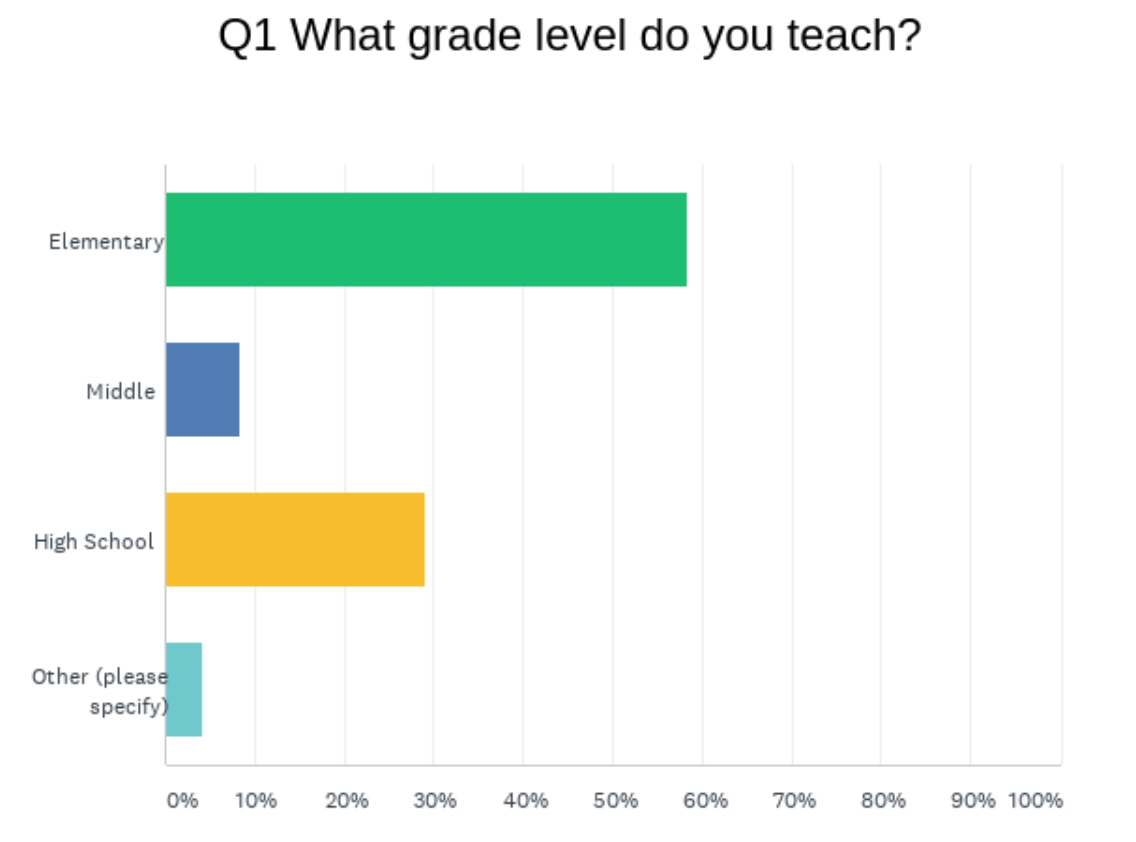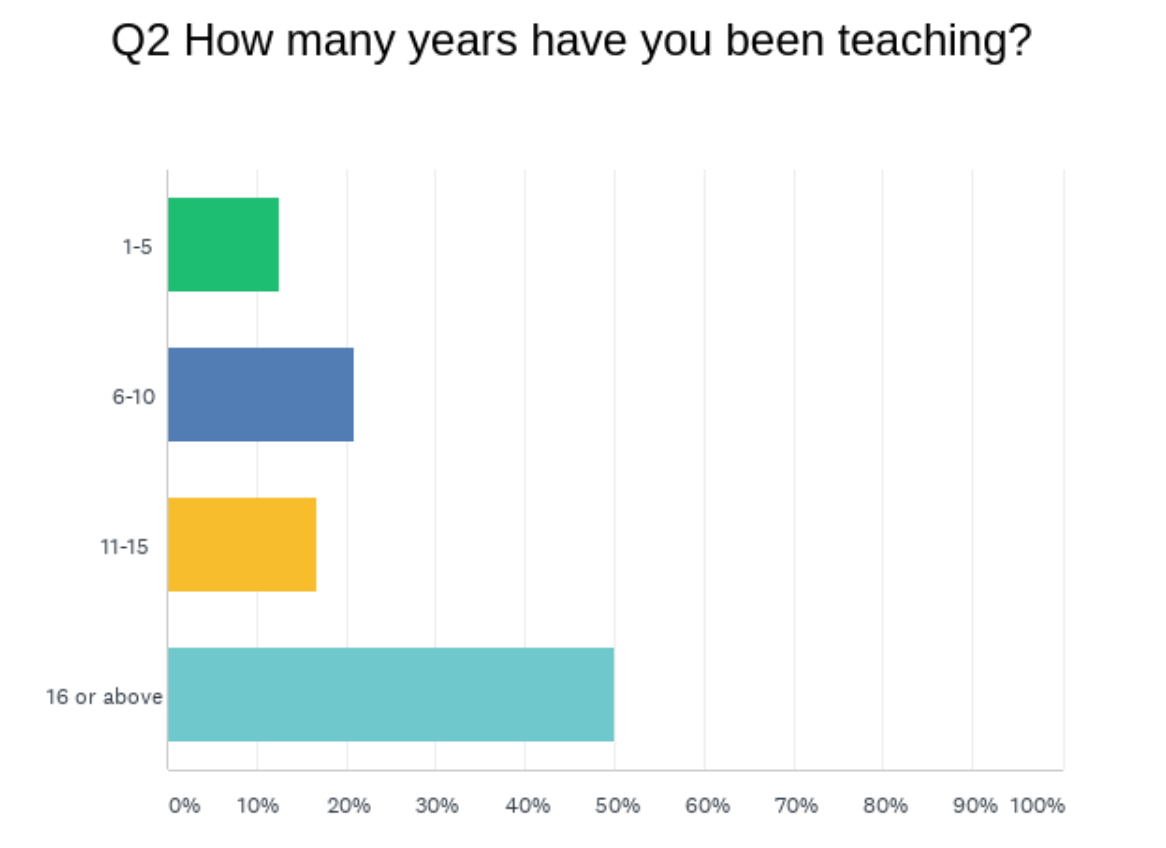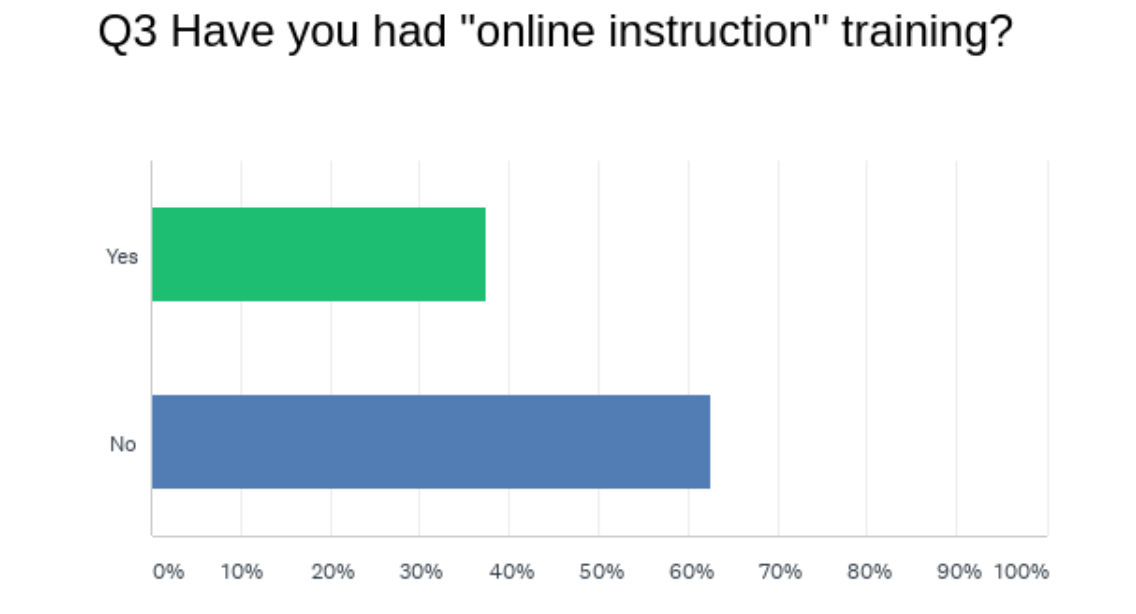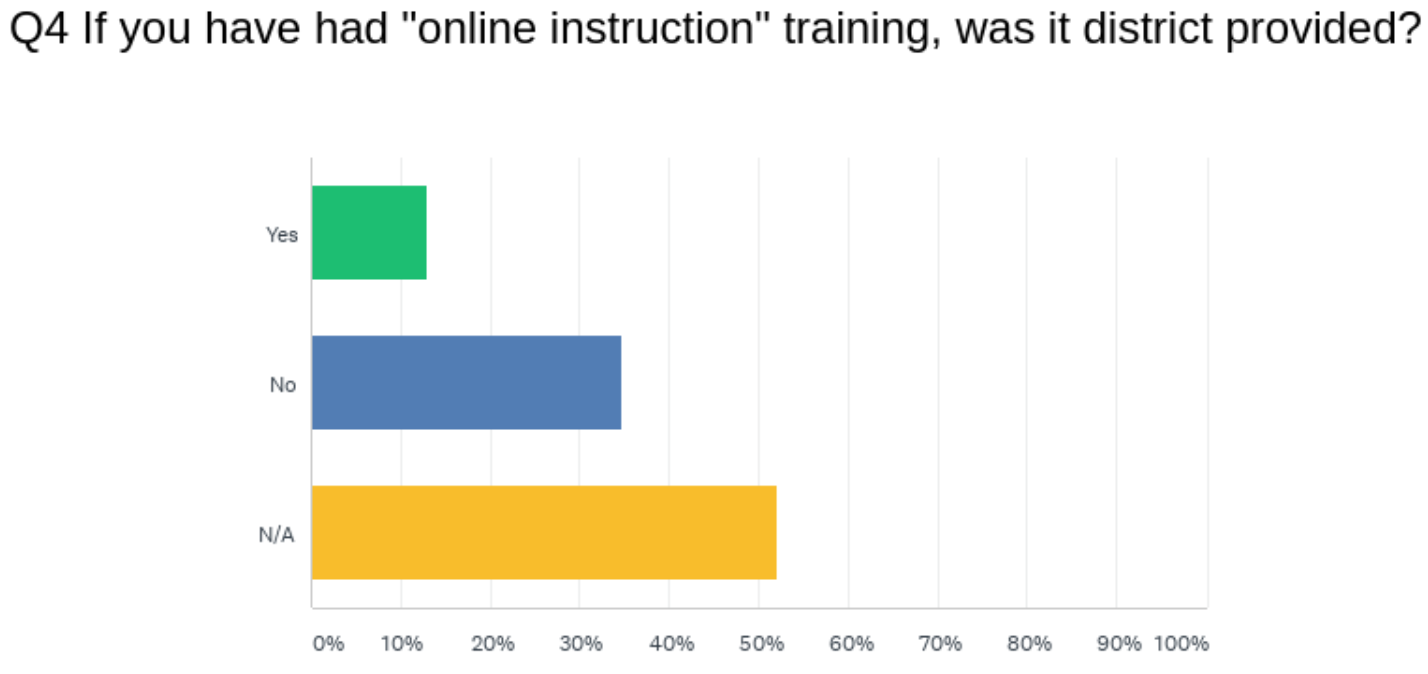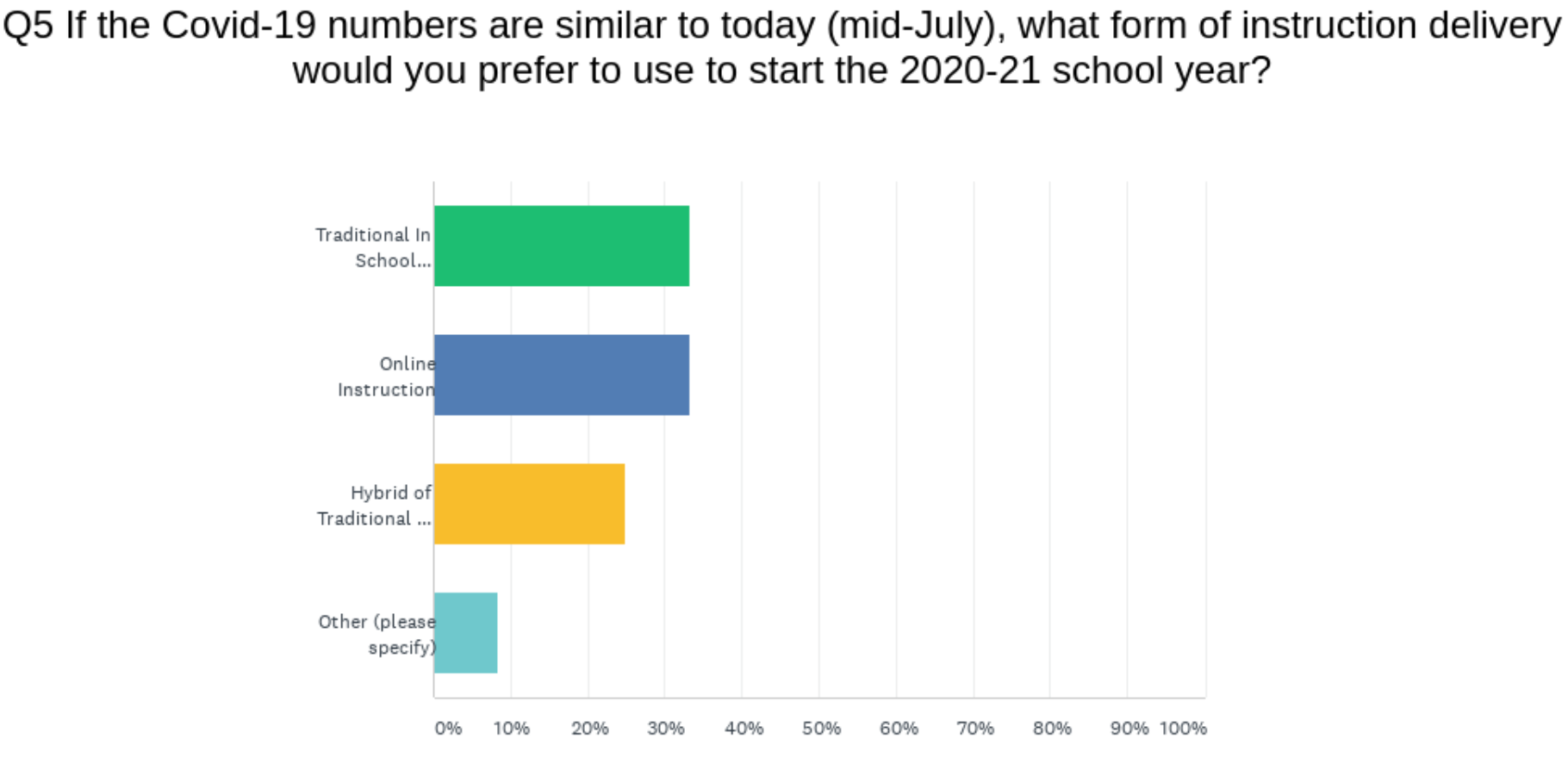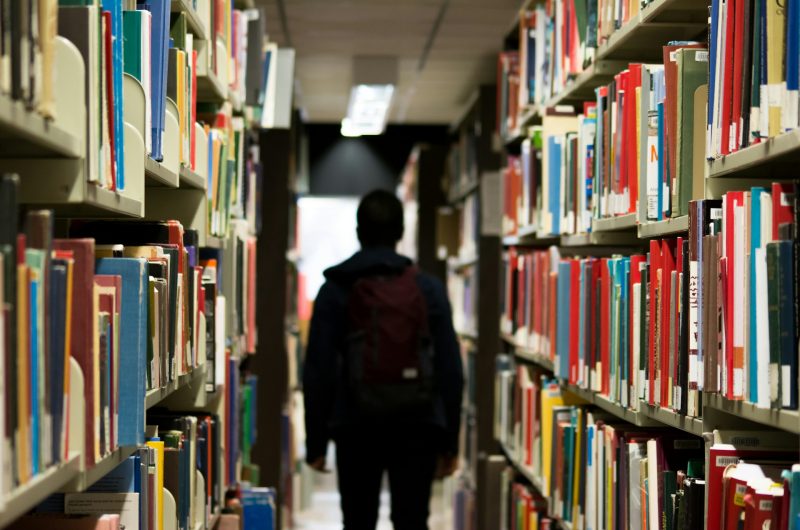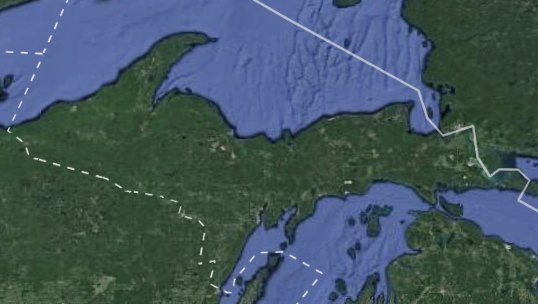Survey shows UP teachers’ opinion mixed on return to school
The opinions expressed in this publication are those of the authors, and do not necessarily reflect the opinions or views of Rural Insights or its members.
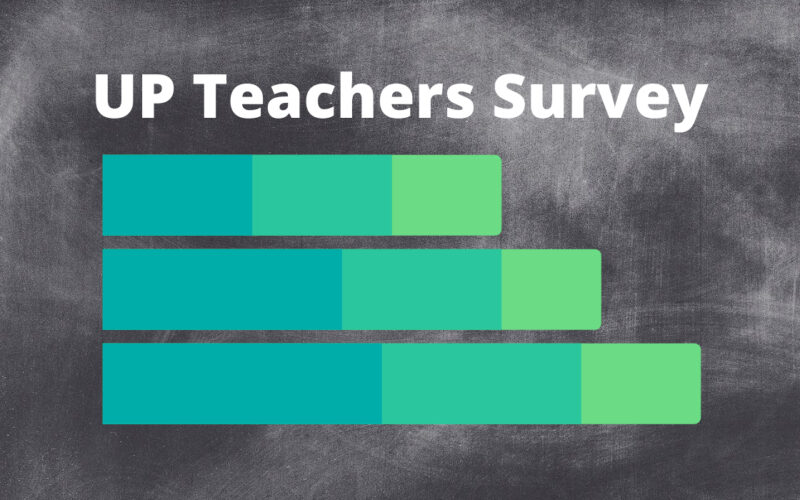
What should K-12 education look like this coming school year? There is no easy answer.
Should traditional learning begin again? Should children be taught through distance learning or should a hybrid of traditional and online instruction be used? Is there another solution?
In the past week, traditional and social media have showcased many opinions on how the 2020-21 school year should begin.
Governor Whitmer has created the Return to Learn Advisory Council to report to the COVID-19 Task Force on Education with recommendations. Travis Smith, a principal in the Marquette Area School District, is the only UP representative included as a member on the 25- member council.
Teachers obtain degrees in education, need to complete 150 hours of professional development to renew certification, and many go on to attain advanced degrees. Students generally spend more time interacting with their teacher than their parents during the school year.
Teachers are experts on education and the students they teach. Too often their opinion is not taken into consideration when decisions about education are made.
To obtain input from UP teachers about the start of the 2020-21 school year, a survey was created. Seventy-five teachers who teach in districts throughout the UP were sent emails with a link to a survey. Within 48 hours, a third of those teachers responded.
The survey consisted of five questions. UP teachers were first asked what level of K-12 education they teach. Figure 1 displays the results.
Elementary teachers made up 58.3% of the respondents, high school teachers made up 29.17%, middle school teachers made up 8.33%, and other teachers (e.g. special education, physical education, music) made up 4.17%.
Figure 1
The second question asked how many years they had of teaching experience. The majority of the teachers who responded had more than sixteen years of experience (Figure 2).
Figure 2
Question three asked if they had any training in online instruction, and question four followed up asking if their online instruction was district provided.
The results are included in Figures 3 and 4. Only 37.5% of the teachers responding to the survey had training in online instruction. Of those who have had training, 73% of the training was not district provided.
This means that the vast majority of teachers who have had online instruction training sought out this training on their own time and with their own resources.
Figure 3
Figure 4
The last survey question asked what form of instruction teachers would prefer if the COVID-19 numbers are similar to numbers we are experiencing today (Figure 5).
“Online Instruction” was preferred by 33% of teachers. Another 33% of teachers preferred “Traditional in School Instruction” and 25% of teachers preferred a hybrid of the two forms of instruction.
Figure 5
Finally, I asked teachers to add comments, concerns or suggestions. Many of the respondents opened up about valid concerns and perspectives we should be listening to. Mixed emotions and apprehensions were expressed.
Health concerns for students and staff were mentioned most often in regard to returning to traditional learning. Several teachers expressed concern for immune-compromised teachers and students.
One teacher in remission from stage 4 cancer wrote, “I am very afraid COVID-19 would kill me.” Another teacher wrote, “As both a parent and educator, I am extremely apprehensive about resuming traditional instruction.”
A high school teacher expressed, “I truly can’t imagine adapting my practice for the recommended governor’s guidelines. My teaching relies on having students moving around the room, engaging in small-group work, and productive discussions to help model difficult/abstract ideas. There is no way to do this if they have to be masked, cannot touch the same supplies, and need to be spaced apart.”
One teacher mentioned the already-extreme difficulty in acquiring substitute teachers. She writes, “Will there be ample subs for sick teachers? What happens when a student or staff member has been exposed to COVID-19? Do you shut the school down for 14 days?”
Also expressed were concerns for the proper PPE needed for in-school instruction. Several respondents worried about the children following social distance guidelines and mirroring the general public’s polarization of willingness to wear masks.
Teachers commented on the physical space needed to properly social distance.
Distance learning also has its challenges. The vast majority of responding UP teachers have not had “online instruction training.” Student accountability becomes very difficult. Internet access and available hardware for all students is not available in all UP districts.
Watersmeet school district stated in their COVID-19 Continuity of Learning Response Plan, “On a recent technology survey, it was reported the only 20%-30% of our students have wi-fi access. Wi-fi accessibility is also limited due to the national forest terrain blocking the signals from transmission towers, and the lack of vendors that offer wi-fi service to the community.”
Children having home support for online learning is a huge challenge. Online learning may widen the achievement gap already existing between lower income students and higher income students.
The decision to open schools, proceed with online instruction, or a hybrid of the two may be one of the most important education decisions made. We need to ensure the safety of all our students and school staff. It is not acceptable allow anything less.
Teachers are the experts on education and their students’ learning. We need to listen to their voices in this critical decision about education for the 2020-21 school year.

